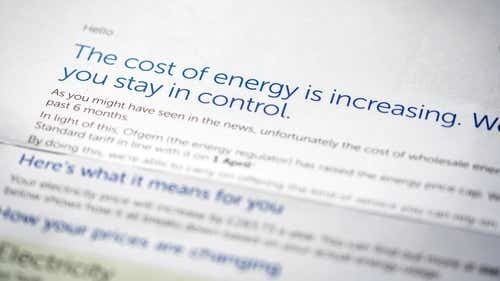- Uswitch.com>
- Green energy>
- Guides>
- What are the pros and cons of wind farms - Uswitch
Wind farms: What are the pros and cons of wind energy?
How do wind farms work?
Wind turbines are a relatively simple system of generating electricity, and haven’t changed much over the centuries.
As the wind rotates the blades – which face into the wind and are tilted to generate the greatest rotation – the blades rotate a shaft and a generator, which turn the energy into electricity.
Modern wind turbines will also have sensors which detect the direction and power of the wind, so they can be rotated toward the wind or shut down if the wind is too low, or too powerful.
Crucially, electrical energy is lost if it is transported great distances, so the closer the wind farms are to the grid, the more efficient they become.
Why are wind farms popular?
The UK is a very windy country, with an estimated 40% of the wind that hits Europe passing over us first. This is valuable in terms of energy production because wind is a renewable resource, with wind farms having a virtually non-existent carbon footprint (once constructed).
In 2016, the Government announced ambitious new carbon targets: to reduce carbon emissions by 57% compared to 1990 levels by 2030, putting a lot of emphasis on wind farms and wind energy.
A lot of progress has been made since then. Wind power contributed 18% of the UK's electricity generation in 2018, compared to just 1.5% ten years earlier.
In fact, as of 2024, the UK is the world leader of offshore wind power, providing more than a third of Europe's offshore wind resource. In the first three months of 2023, a new UK record for energy generated by wind was set, with more electricity generated by wind than by gas-fired power stations for the first time ever. Additionally, during Storm Pia in December 2023, wind turbines generated more than half of the country’s electricity for the first time.
What are the pros and cons of onshore wind?
What are the pros and cons of offshore wind?
Read more:

Domestic wind turbines - Uswitch
There are many advantages of wind power, and with an estimated 40% of Europe's wind blowing over the UK, we're in a prime position to take advantage of it.
Learn more
Average gas and electricity bills in the UK - Uswitch
What does the average UK gas and electricity bill look like? See how your energy usage and bills compare against Ofgem's averages for 2024.
Learn more
Which appliances use the most energy? - Uswitch
With energy prices still high, there are limited options for both saving money and limiting your impact on the environment. Previously you’d have been able to switch to a better energy deal with one of the increasing number of green energy suppliers, but this is no longer the case.
Learn more
